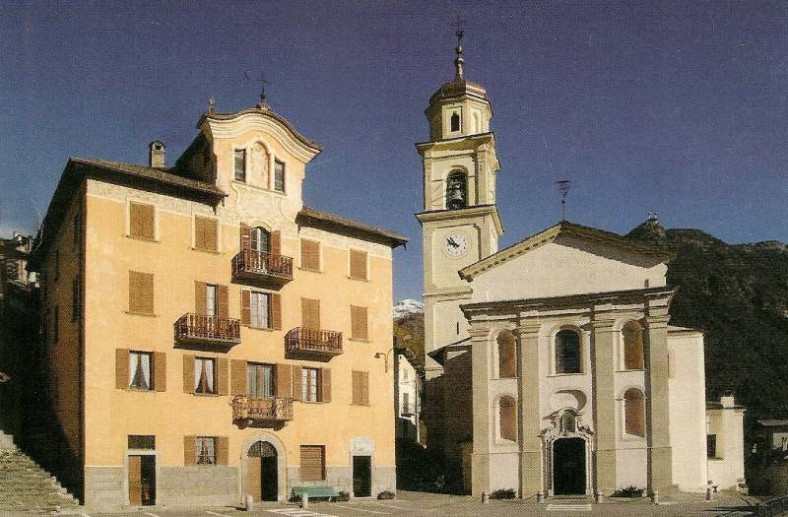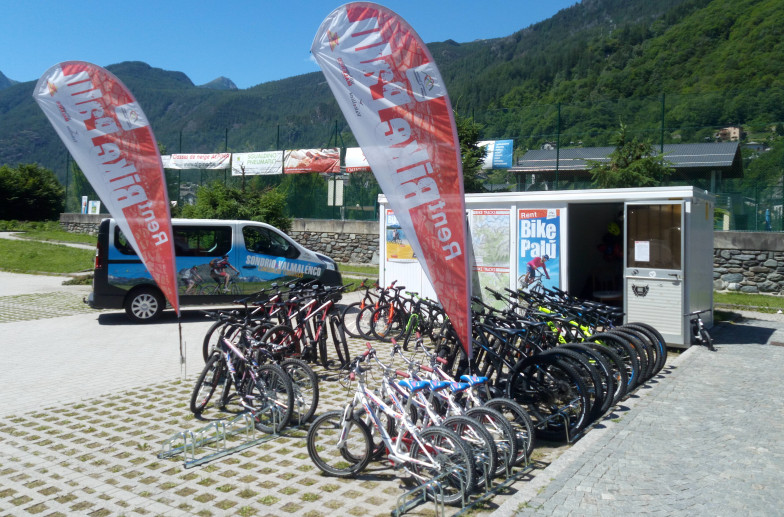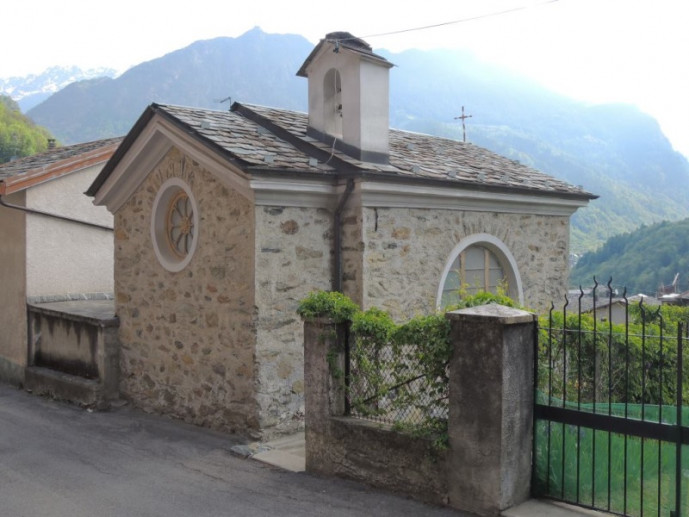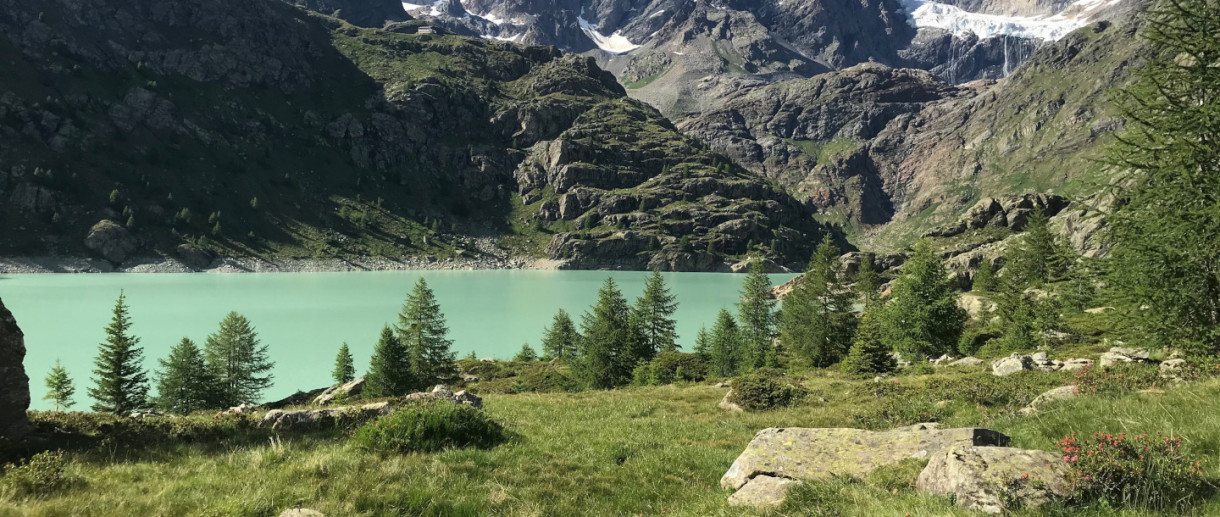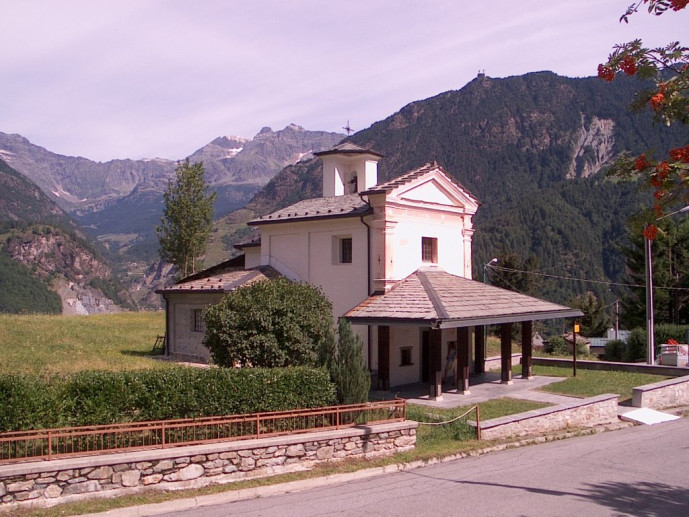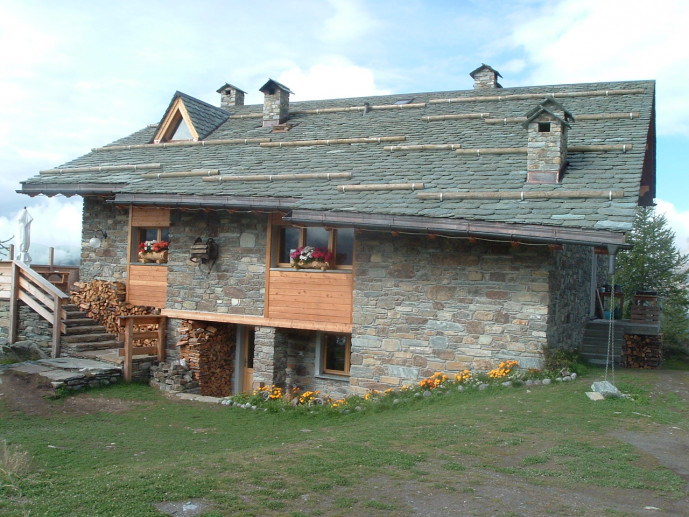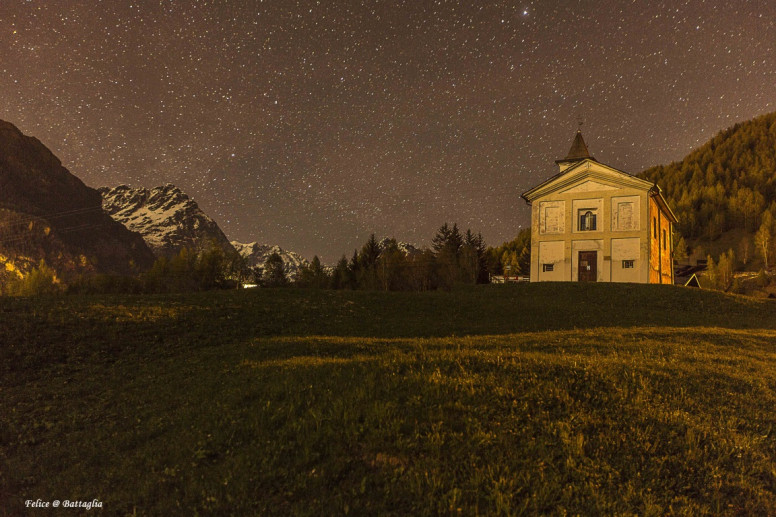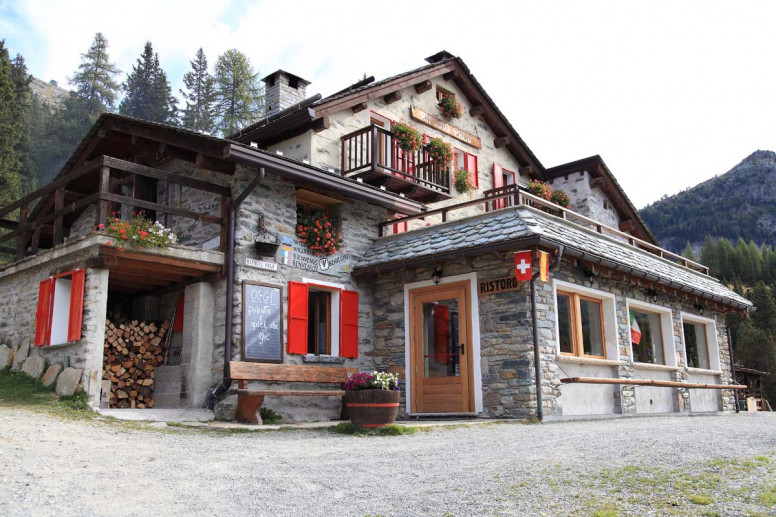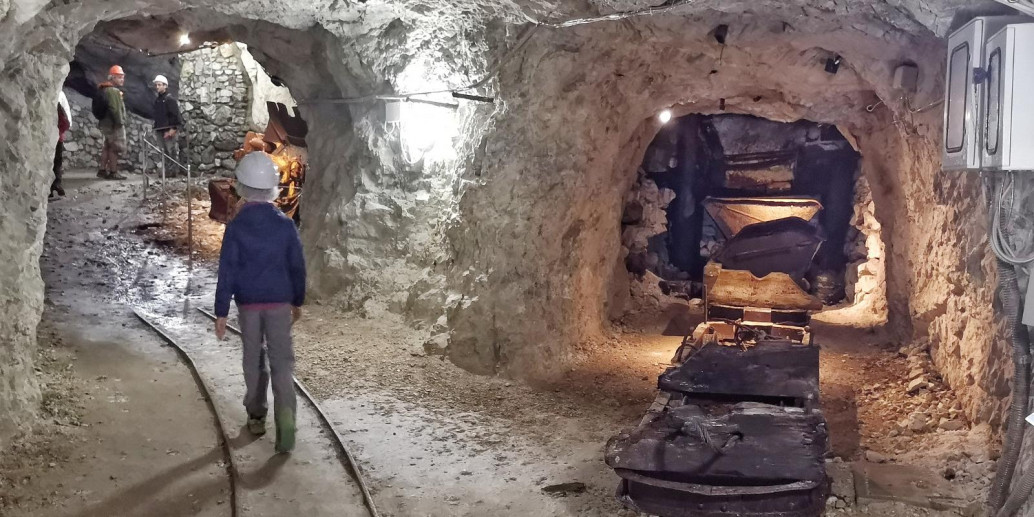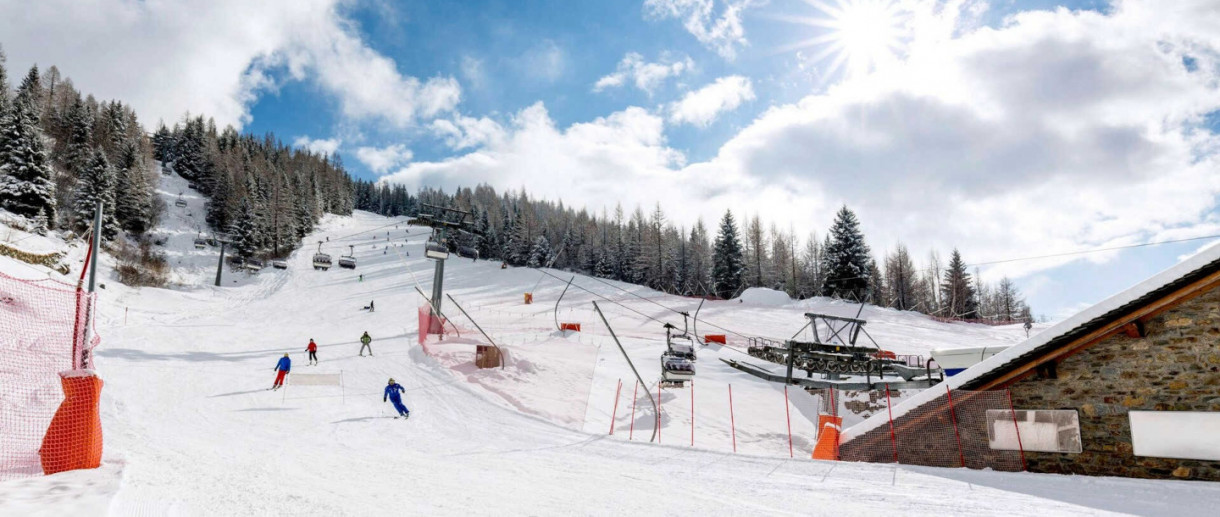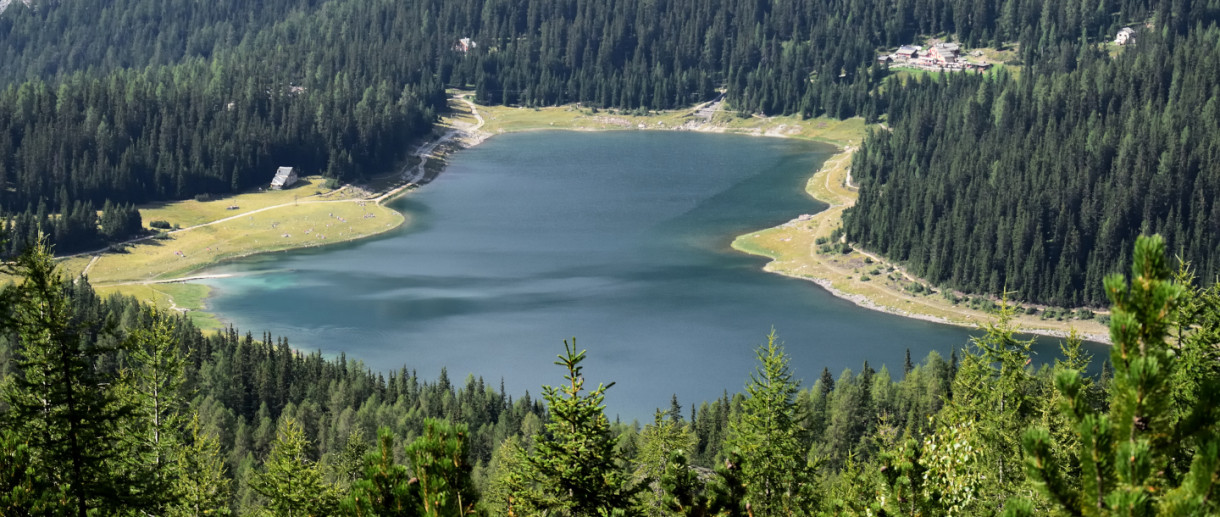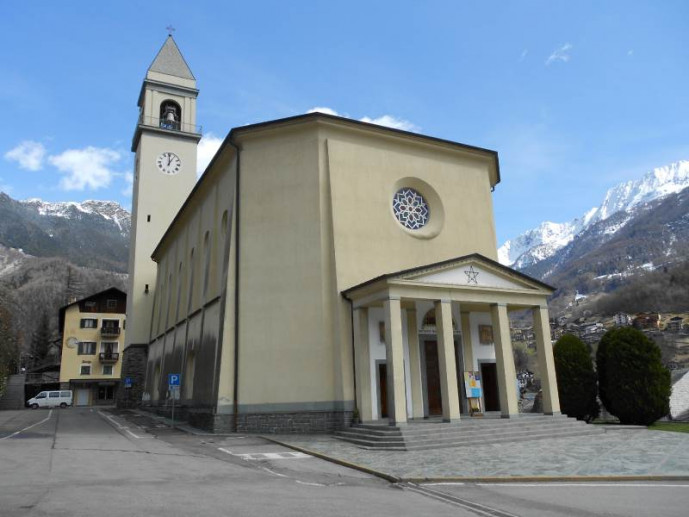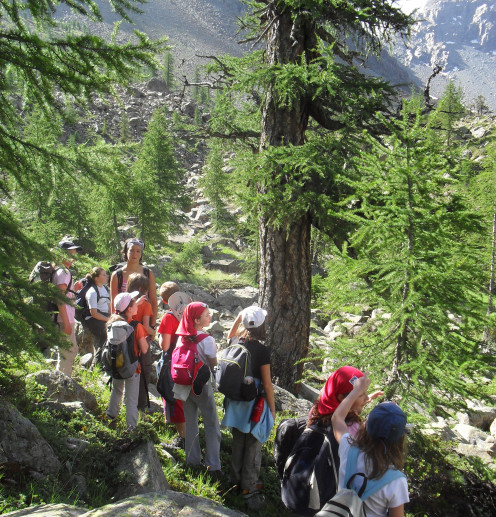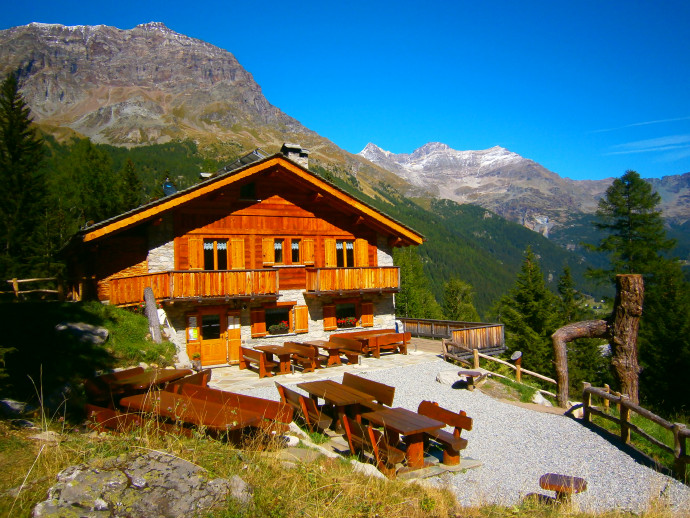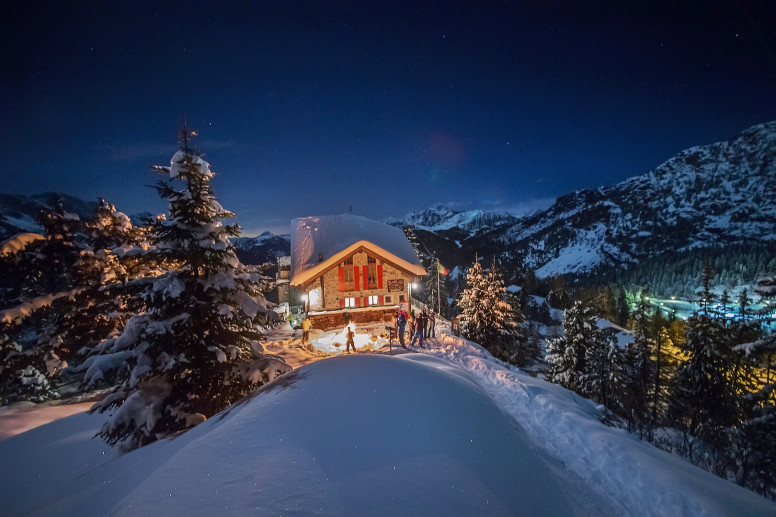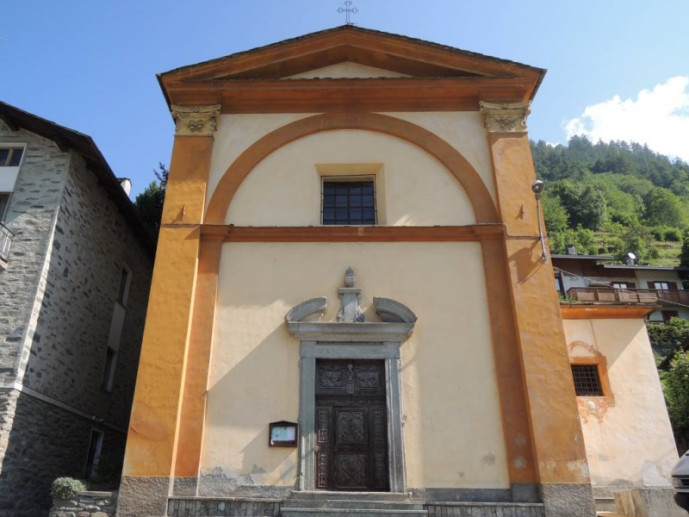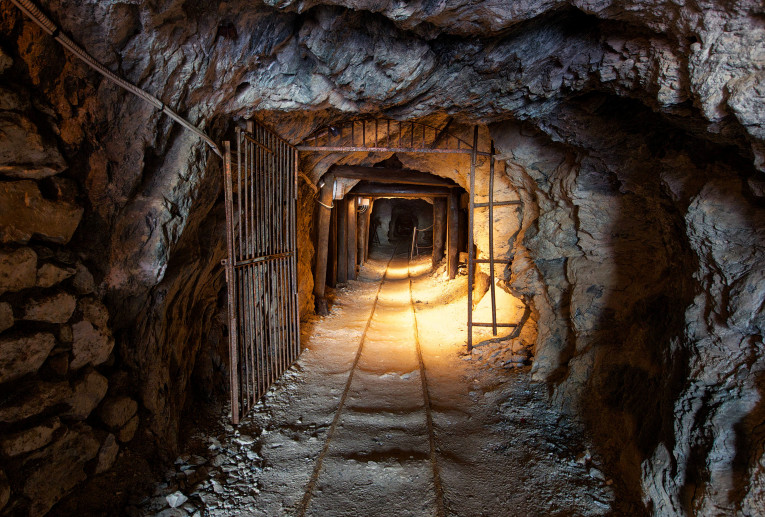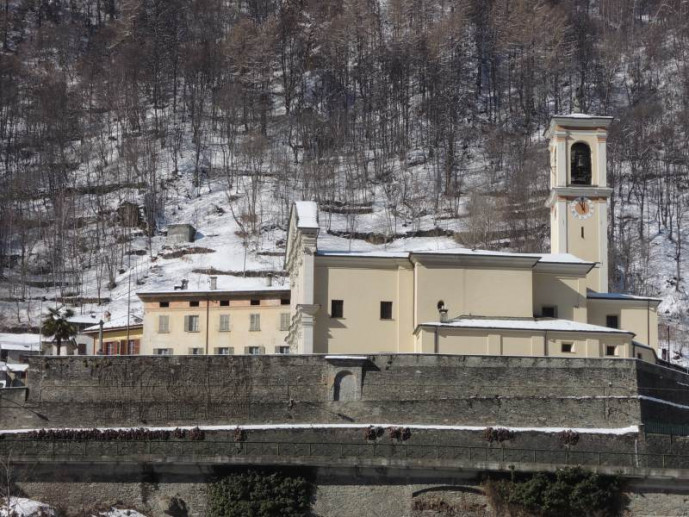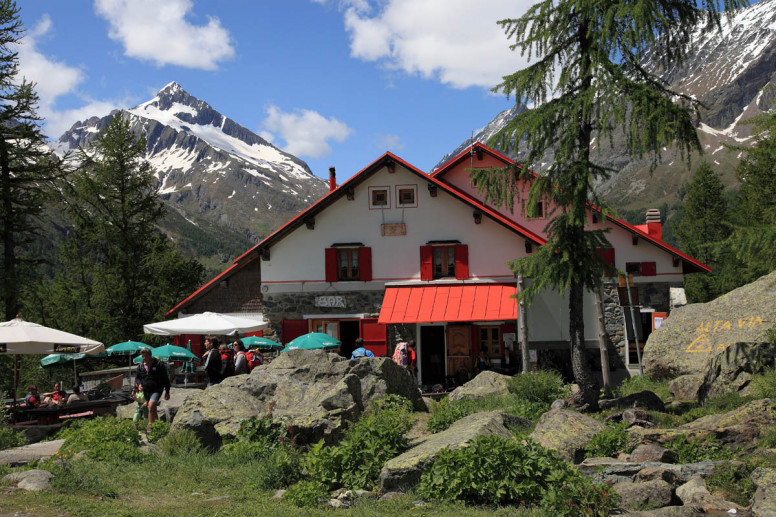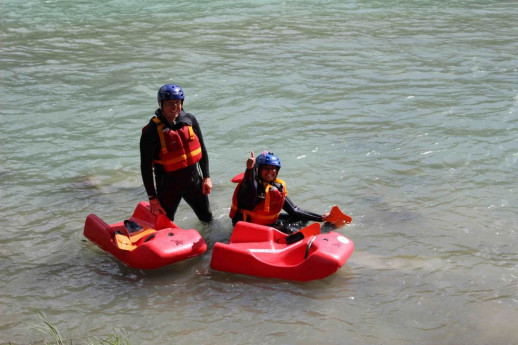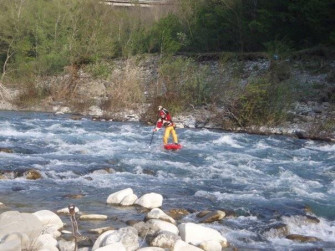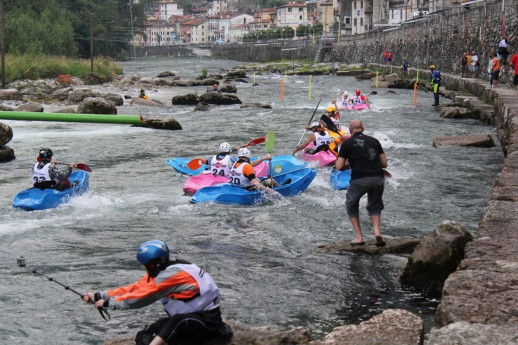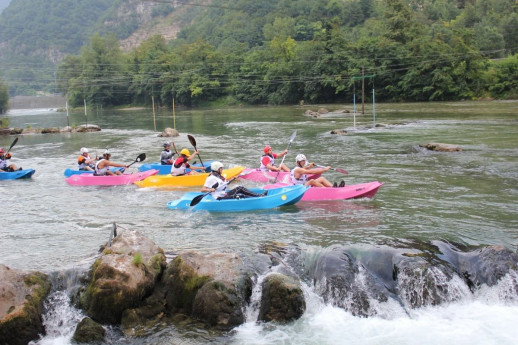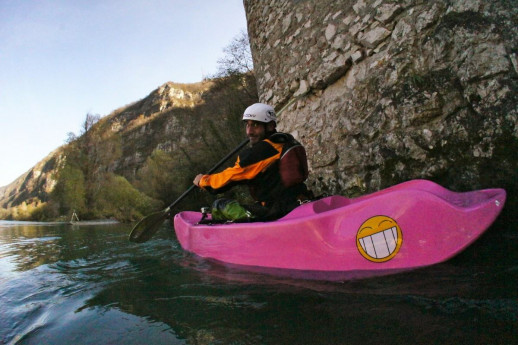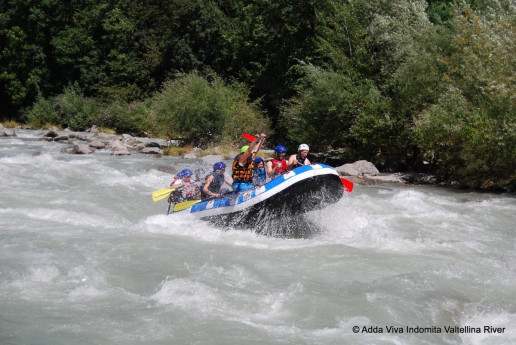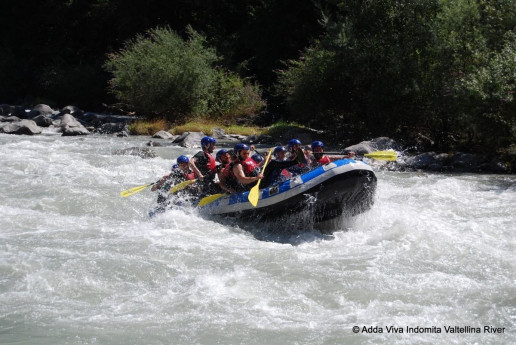- Parks
- Art & Culture
The ancient "Giovello"
The green stones of Valmalenco, which have been extracted and worked for centuries, were and still are an important part of the social, cultural and economical life of this area rooted in a centuries-old craft tradition passed down from father to son. The natural stone wall that used to separate the basin of Chiesa from the higher valley was given the name "Giovello".
During the Middle Ages somebody noticed that the surfacing rocks were made up of very thin slabs. The inhabitants, who were already skilled at carving in the local iron caves, tested the first carving and working tecniques of Serpentinite schist.
The enormous volume of debris that covers the whole area is the scrap material coming from the several underground caves. Hundres of humble and stubborn men, united in original corporations called "companies". For centuries, those men set out at dawn to reach the caves and carry out the arduous mining and stone braking works.
The end product is the "pioda" of Valmalenco that, thanks to its unique physical and mechanical features, its durability and beauty, is widely used for roof coverings. The manual production phases of the "pioda" remained unchanged over the centuries.
The area of the old "giovello" was abandoned at the end of the Eighties and is currently the core of an enhancement project which provides for paths renewal, descriptive signs placement, the restoration of a workshop and of a mine, which will become a museum. The result will be an itinerary which allows visitors to plunge into the roots of a tradition that has deeply influeced social and economical life in Valmalenco.
